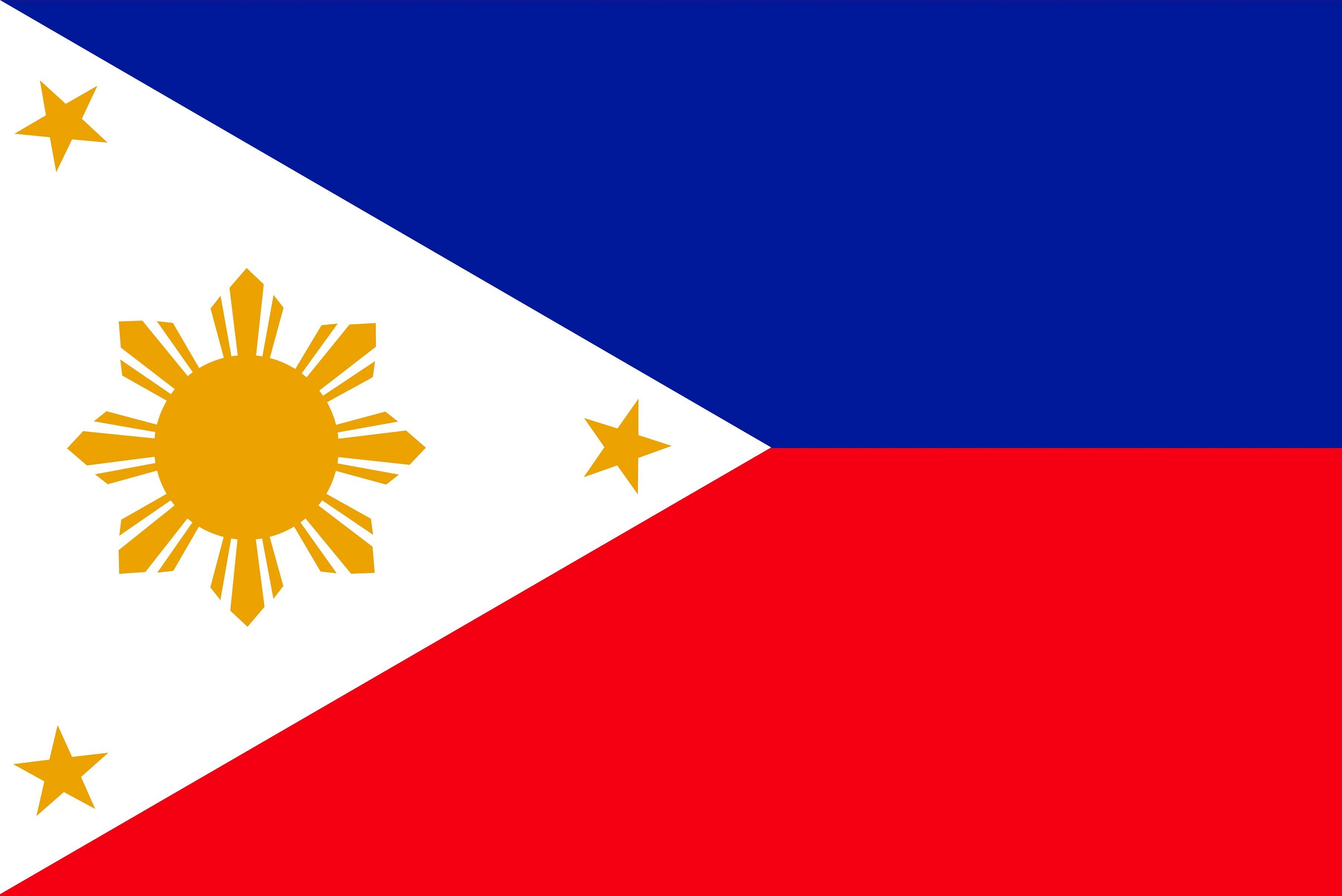How to Import Japanese Used Cars to Philippine?

Philippine is a large importer of used vehicles mostly imported from Japan and Korea.
During 1950 to 1960, American cars made their way into Philippines and Philippines auto-industry of began its journey. Due to some internal political issues, Philippine auto-industry faced difficulties. But, with the passage of time, love for cars has increased as the new models are coming.
If you want to import Japanese used vehicles in Philippine, you should read this article carefully to know about the rules and regulations and the import procedure.
Find a Good Exporter:
The Internet has made it easier to buy Japanese used cars in a few clicks. There are many used cars exporter in Japan who exports Japanese used vehicles in other countries like the Philippines. It is easier to find a good exporting company. It is better to take a look at the way they do their work.
Get information about their locations, offices, and showrooms. Make a personal call to them to know more. It is also good to have a look at their social media pages. Check at your local embassy to get more information about them. Perhaps, the best way is to getting in touch with their past customers and knowing about their services.
Select a Car:
You can find cars listed on your chosen exporter’s website. You may find many cars listed on the basis of car type, brand or other preferences.
Take a careful look at all the used vehicles that are available on the exporter’s website. Select the one which is suitable and according to your needs.
Order and Payment:
The exporter will send you an invoice after you select the vehicle and place the order. Most companies prefer customers to pay remittance by a bank. After receiving the remittance, pay this amount to your local bank to transfer it to their bank account. Receive receipt as it is a proof that you have paid the money. You can submit it to your supplier for confirmation.
Port Clearance and Customs Clearing:
There are around 14 approved ports in the Philippines for entry. When the shipment arrives in Philippines FedEx requires documents like import entry and revenue declaration, the supplemental declaration on valuation and other regulatory permits on the behalf of the importer.
It is necessary to pay all the import duties and taxes to get the car cleared.
| TOYOTA Land Cruiser |
| HONDA CR-V |
| NISSAN March |
| TOYOTA Passo |
| ISUZU Elf Truck |
| TOYOTA Voxy |
| NISSAN Cube |
| HONDA Fit |
| TOYOTA Hilux |
| TOYOTA Vios |
| HONDA CR-V |
Rules and Regulations:
Here are some rules and regulations that are important to be taken into account importing Japanese used cars.
Right-Hand or Left-Hand Vehicles:
Only left-hand vehicles are allowed in the Philippines.
Who Can Import Japanese Used Cars?
- Those who have worked or working and residing abroad for at least one year are allowed to import their personal used cars into the country.
- Holders of 13A Visa: Foreigners who are married to Filipino citizens can import the vehicles.
- Holders of 13B Visa: Former Filipino citizens can import vehicles with payable taxes.
Documents Clearance Required For Customs Clearance:
Here are some documents that are required for the customs clearance.
- Surety Bond
- Original passport
- Original Bill of Sale
- Certification of Arrival
- Deed of sale or commercial invoice
- Stencils of chassis/engine numbers
- Original registration and Proof of Registration
- Import Permit required that is issued by the department of trade.
Other documents may also be required based on the immigration status of customers.
Cost of Used Vehicles:
- Customs Duty: 40%
- Arraster Fees
- VAT: 10%
- Ad Valorem Tax: Depending on the engine displacement, it is 10% to 15%.
- Wharfage (Storage) fees to the Philippines port authority.
Importing Japanese used cars to Philippine is easier. It is important to know about the rules and regulations that apply when importing Japanese used cars.
Other Countries:


